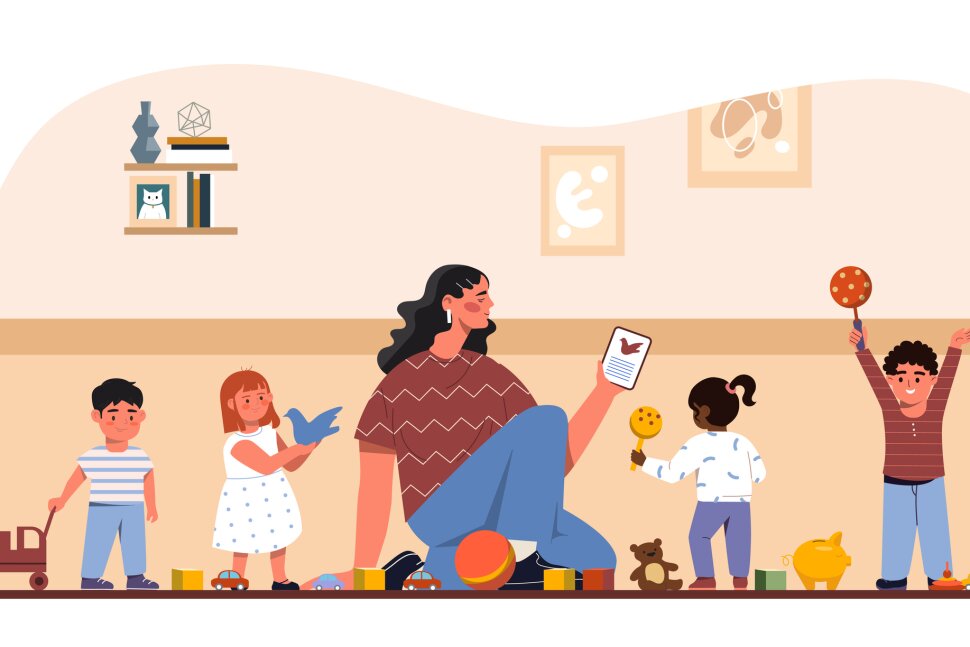But around the world, most employed women automatically receive paid maternity leave. And in most wealthy countries, childcare is also available at affordable rates.
maternity leave
Paid maternity leave typically lasts at least three months but must be carefully designed. In some countries, after a woman gives birth, she can and does take more than 15 months of leave, which limits the mother's work experience and can lead to discrimination.
There, mothers get almost 22 weeks of paid maternity leave and fathers get two weeks of paid parental leave. On top of that, mothers are entitled to an additional 19 weeks of paid parental leave and fathers are entitled to an additional 11 weeks of paid parental leave. This policy includes additional flexibility, giving parents both the time and resources they need to care for their children without “mother-tracking” the mother.
childcare
In many wealthy countries, childcare and pre-school education are considered the pillars of the education system. However, in the United States, only about two-thirds of children between the ages of 3 and 6 receive any type of publicly supported childcare, including kindergarten, whereas in France, only two-thirds of children of the same age receive Almost all children receive it.
High-quality early childhood education programs lead to many positive outcomes for children from low-income families, including higher educational attainment, employment, and wages.
In other words, when governments invest in parental and maternity leave, they foster a more productive, healthy and creative workforce.



